what are the components of an espresso machine

When you think about it, an espresso machine isn’t that complicated. In fact, most machines only have a few components and a small number of moving parts.
This is one of the main reasons why making your own espresso has become so popular in the home over the past few decades. After all, buying a pre-made cup from a store or restaurant is expensive and can often be full of preservatives and other additives that you may not want to consume every day.
When you make your own, you get to choose exactly what goes into the cup. You control where the money goes instead of letting outsiders dictate what they can charge for their product.
As we’ll discuss in this article, making your own also gives you complete control over everything related to the final flavor, consistency, and appearance of the beverage.
There are several key components that make up any espresso machine, but understanding them will help you get a better idea of how they work together and what type you might need for your specific needs. Let’s take a look…

What is an espresso machine?
An espresso machine is a small coffee maker that uses pressure to create the espresso coffee beverage. The most common types of espresso machines use portafilter baskets to hold ground beans and filters that collect the brewed coffee.
An espresso machine consists of several components, all of which work together to achieve the desired result:
A boiler – The boiler heats water and creates steam for creating pressure in your espresso machine
A portafilter basket – In an espresso machine, a portafilter basket is typically inserted into a tube that works like a siphon when you press down on the handle of the portafilter
A group head – The group head creates pressure by controlling both water flow and steam volume while also providing temperature control over your entire machine
– A tamping tool – Tamping tools are typically triangular or rectangular pieces of metal with either serrated edges or indentations on one edge that are used to compress loose grounds before inserting them into the portafilter basket
– An extracting arm – The extracting arm extracts brewed coffee from your portafilter basket and puts it into your cup or onto another part of your machine such as a milk frother. It also has a grinder attached.
A tamper – Tamper tools help you tamp down grounds by pressing them against something solid (usually, but not always, your countertop).
Espresso Machine Parts and Their Functions
The first step in understanding how an espresso machine works is to identify the different parts of the machine.
There are four main components to the machine: boiler, steam wand, group head and portafilter. Boiler This is the heart of any espresso machine. It heats up water and creates a vapor that can be condensed due to pressure.
The vapor then goes through a valve and into the group head or portafilter where it’s heated up into steam and pumped out through a tube (or tubes) from which it’s dispensed as espresso.
Steam Wand The steam wand is located on one side of the boiler, next to the steam ports on top. The wand allows for you to control the amount of heat on your coffee by using a knob on top or turning it manually with your hand instead of using a switch like most machines have today.
This has an impact on how fast you can make your shot while also controlling consistency levels in terms of density, temperature, and texture (thickness).
Group Head/Portafilter The group head is what separates actual espresso shots from regular coffee. That is because when you pressurized hot water through this part, those chemical reactions happen that create that rich flavor we all know so well!
It also contains little holes called “ports” which allow for there to be enough pressure in order to do these reactions at such high temperatures while still being able to release them through these holes
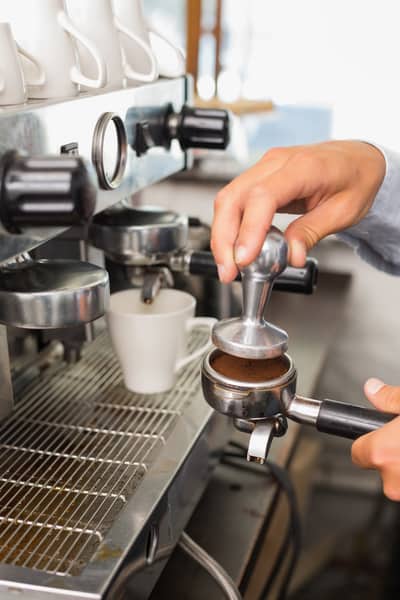
The water boiler
The water boiler is the first component to make an espresso or other kind of coffee beverage. This piece of the machine boils water to extract its flavors and aromas.
The water does not need to be very hot, but it should be about 158 degrees Fahrenheit.
The inside of the boiler is where the magic happens; this is where you add the grounds that will become your drink. When these grounds come into contact with boiling water, they release carbon dioxide (CO2) which makes them expand and rise so that they can better absorb flavor from the bubbles in the water.
The steam wand
The steam wand is a long cylinder that is used to add the hot water and steam to the espresso machine.
This is the most important part of any espresso machine as it supplies both the water and steam needed for proper coffee extraction.
The wand also contains an air tube that heats up when in use. This means you can use your steam wand with or without the boiler, depending on what you need at a given time.
The pump
The pump is the heart of any espresso machine. This is where the water, coffee grounds, and steam are mixed to create a full-bodied beverage that you can savor.
The pump also creates pressure in the upper chamber, where the espresso is brewed in. When you’re not brewing, this pressure creates a vacuum that helps keep your machine clean and free of debris.
The grouphead and showerhead
The grouphead is the part of the espresso machine where the coffee grinds enter. The grouphead itself is a spring loaded valve that separates the water from the coffee, creating steam and making it possible for you to extract a rich and flavorful brew by dripping or pouring hot water over it.
You can also control how much pressure you have by adjusting the amount of water running through your machine.
The showerhead or distribution plate is located on top of the grouphead and functions as a funnel to disperse water evenly over all of your grinds so that they don’t clump together when extracting.
This ensures that each drop of hot water hits every single millimeter of coffee, maximizing extraction without wasting any water. And finally, there’s a portafilter which is either attached to your espresso machine or comes with it, depending on what type you purchase.
This portafilter is designed to hold freshly ground coffee in order to collect all of its flavor before brewing it in your cup. It’s made out of heat-proof material that keeps the coffee grounds from burning during extraction.
Espresso Machine Accessories and Variations
The most common accessories for an espresso machine include a portafilter, tamper, and coffee cups or mugs. While these are the most common accessories, it can also come in other forms like milk frothers or steamers.
An espresso machine may also come with a boiler, a grinder, and a water tank. When you receive your new machine, it’s good to check that all of the pieces are there as they may not always be included in the box. This is why it’s important to know what each piece does as well as how they fit together before you start putting all of the pieces together.
If you need help picking out an espresso machine for your home or business, we have some helpful information to get you started in our article on our website called “How Do I Choose the Right Espresso Machine?”

Final Words
An espresso machine is a device used to brew and steam espresso. It consists of a boiler, a boiler water tank, a heating element, an extractor, and a steam wand.
The main components of the machine are the boiler, which heats water in the boiler water tank to produce steam that is then passed through the coffee grounds and extracted.
In general, there are three types of espresso machines:
1) A semi-automatic espresso machine
2) A fully automatic espresso machine
3) An automatic pump espresso machine
FAQs
What are the benefits of making your own espresso?
There are many benefits to making your own espresso, and the best part is that it is incredibly simple to do at home.
One of the most obvious benefits of making your own espresso is that it is much more affordable than buying pre-made cups. Not only is this a great way to save money, but it is also a great way to support local businesses.
Making your own espresso also gives you complete control over the quality and freshness of the coffee. This means that you can make sure that you are getting the best quality beans for your money. When you buy pre-made espresso drinks from stores or restaurants, you don’t always know how fresh the beans are.
Additionally, some of the cheaper brands may contain a ton of additives that you may or may not want to consume every day.
Another benefit of making your own espresso is that it provides you with complete control over the process. If you aren’t necessarily an expert when it comes to coffee and coffee machines, there are plenty of instructional articles and videos out there to help guide you through the process. This means that you can tailor everything to your specific needs and tastes. You can even use different coffee types and flavors depending on what you are craving at the time.
Finally, making your own espresso is a great way to save money on food costs too. After all, it only takes a few seconds for an espresso machine to produce a drink so why not use this time to make something tasty instead?
Many people use this time to make a snack or dessert too so that they aren’t completely starving when their drink is done brewing.
How do you make espresso?
An espresso machine is really just a machine that makes coffee using a manual lever-operated pump pressure system. Because you must manually control the pressure to extract the espresso flavor, however, it is essential that the coffee you use is of the highest quality.
The best quality coffee beans for making espresso are arabica beans from Central and South America, which are usually high in acidity. You can also use robusta (also known as robusta arabica) or any arabica from other origins, but these varieties’ yields may be lower in quality.
Once you have your coffee choice, you still need to learn about grind size and tamp to get the desired extraction. We cover all of this and more in our “How to Make Espresso” article.
What are the ingredients in espresso?
The ingredients in espresso are pretty simple, but there are a few things that every maker should pay special attention to. The first is water quality.
Tap water can be fine for making coffee, but for espresso you want to use bottled water that is either spring or filtered. Next, make sure you use good quality beans. Not only will these beans give you a better cup of espresso, but they will also last longer.
Finally, get yourself an excellent grinder so that the beans are evenly ground and all of the individual flavors are extracted.
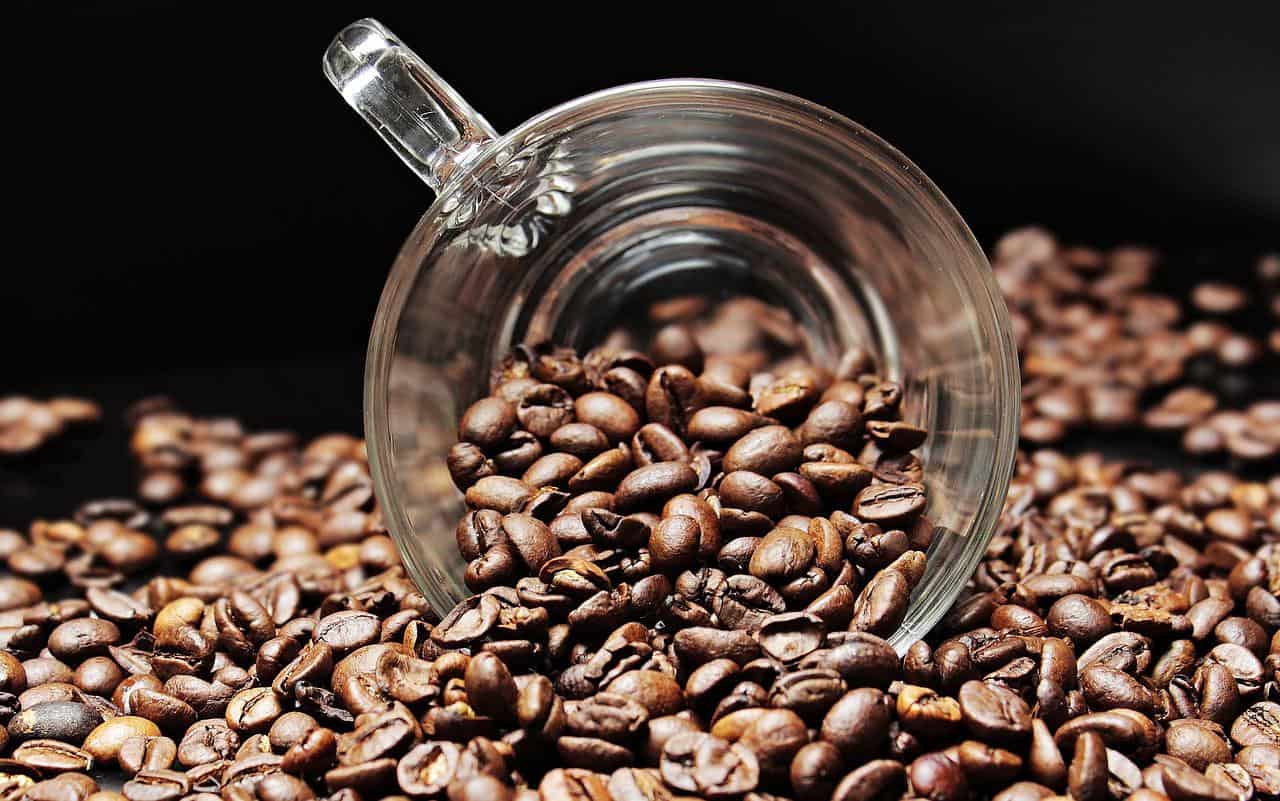
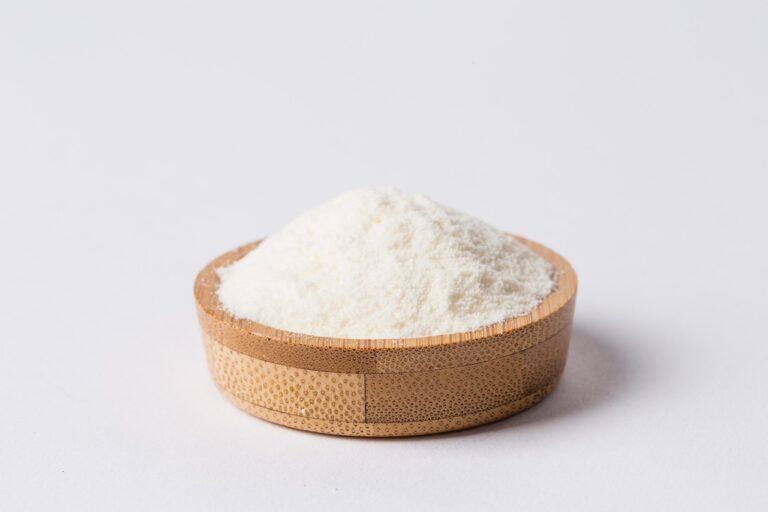
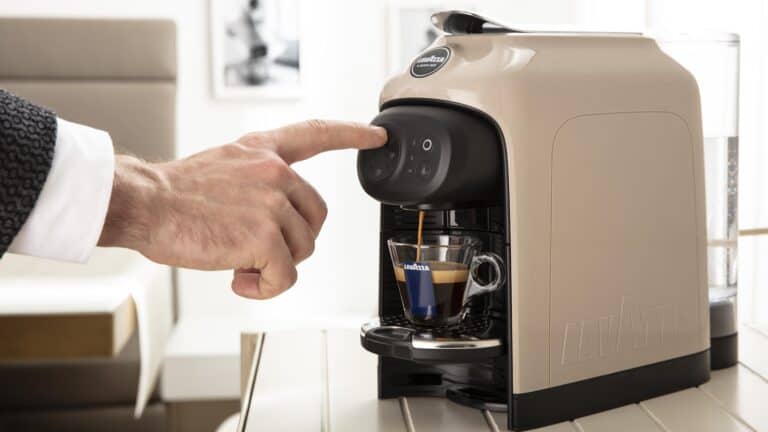


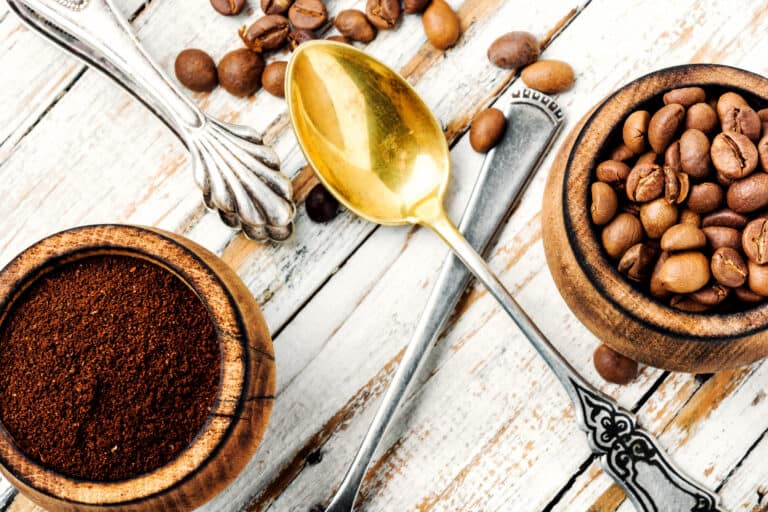
2 Comments